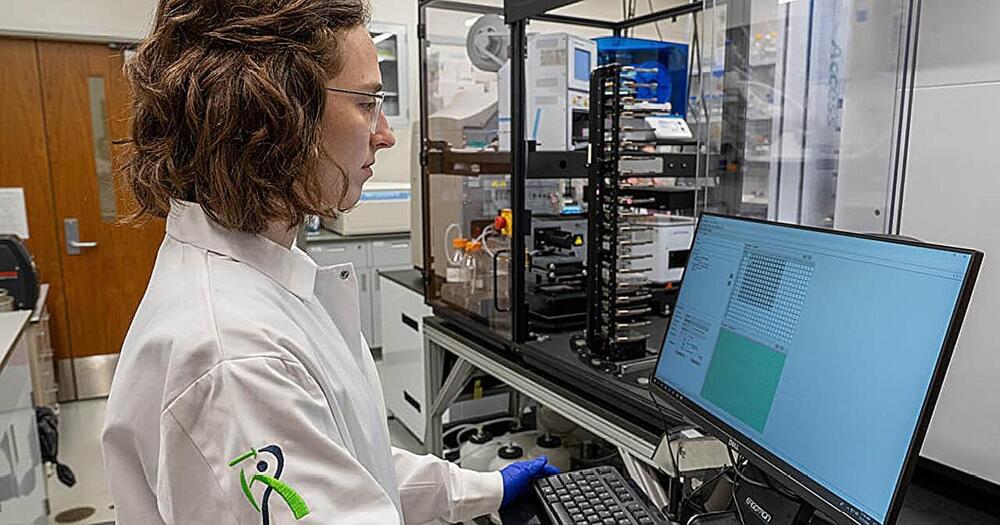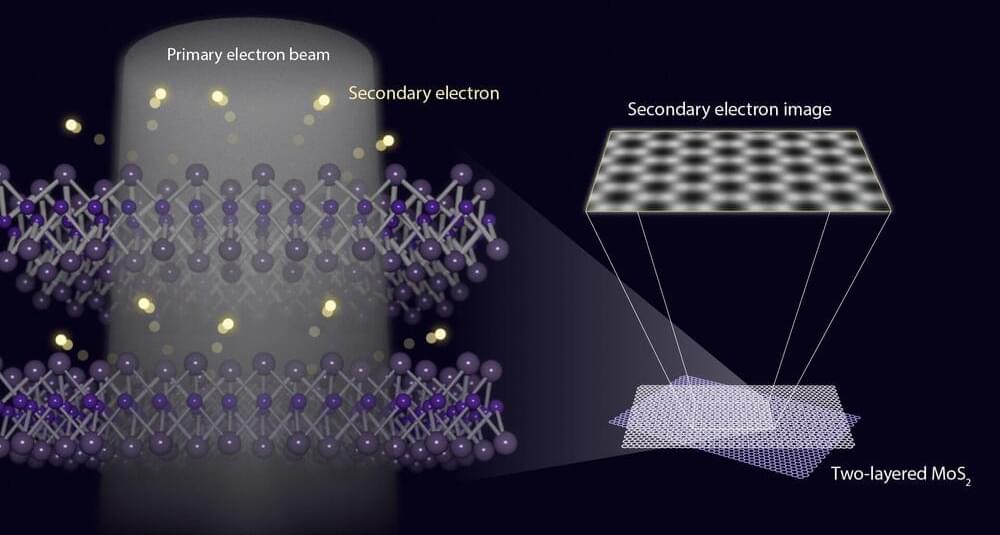Physicist Matthias Kling studies photons and the things science can do with ultrafast pulses of X-rays. These pulses last just attoseconds – a billionth of a billionth of a second, Kling says. He uses them to create slo-mo “movies” of electrons moving through materials like those used in batteries and solar cells. The gained knowledge could reshape fields like materials science, ultrafast and quantum computers, AI, and medical diagnostics, Kling tells host Russ Altman on this episode of Stanford Engineering’s The Future of Everything podcast.
Get the latest international news and world events from around the world.


🔴LIVE: SpaceX Launches Starship Flight 6 (and Catches a Booster)
SpaceX is preparing to launch the sixth Starship flight test. The window for the launch opens at 4 p.m. local time on Tuesday. The company has confirmed on its website, and X, that it is targeting a potential catch of the Super Heavy test vehicle, if flight parameters allow for it. SpaceX will also try to re-ignite a single Raptor engine in space to demonstrate deorbit capabilities.
Window Opens: November 19th at 4PM CST (22:00 UTC)
Window Closes: November 19th at 4:30PM CST (22:30 UTC)
Mission: Starship’s sixth fully integrated test flight.
Launch location: Orbital Launch Pad A, Starbase, Earth.
Target orbit: Trans-atmospheric.
Booster: Booster 13
Booster recovery: Orbital Launch Pad A launch tower arms.
Ship: Ship 31
Ship recovery: Will attempt soft splashdown on the Indian Ocean.
Rocket trajectory: Straight east over the Gulf of Mexico.
Stats:
· SpaceX’s 119th launch of the year and the 11th launch of the month.
· Starship’s 6th launch.
· 2nd Super Heavy recovery attempt.
⚡ Become a member of NASASpaceflight’s channel for exclusive discord access, fast turnaround clips, and other exclusive benefits. Your support helps us continue our 24/7 coverage. ⚡
🔍 If you are interested in using footage captured by this stream, please review our content use policy: https://www.nasaspaceflight.com/conte…
LDAPAABJRG2UMCU3.

Experimental therapeutic reduces advanced-stage influenza viral loads faster than current therapies in preclinical study
Eradivir, a preclinical biotech company, has developed a patent-pending antiviral therapeutic that reduces lung viral loads of advanced-stage influenza in preclinical studies quicker and more effectively than currently available therapies.
A single intranasal dose of EV25, a bispecific small molecule developed by Eradivir, acts faster than the current standard of care, eliminating the detectable virus within 24 hours. EV25 also has a window of efficacy of 96 hours postinfection, which is broader than the current standard of care.
A research paper titled “Targeted recruitment of immune effector cells for rapid eradication of influenza virus infections” has been published in Proceedings of the National Academy of Sciences.

Founder and CEO of Figure AI Brett Adcock says that robotics is now an AI business
Founder and CEO of Figure AI Brett Adcock says that robotics is now an AI business, and that they have access to all the H100s they want from Microsoft, while their partnership with OpenAI will lead to robots that can reason and plan. — - — 👉 Before you go 👋 If you want to keep up with the latest news on AI startups and how they’re changing the world, join 1000+ subscribers reading our newsletter for FREE! Link in bio. — - — #brettadcock #figureai #robots #robotics #airobot #todayinai



As Elon Musk pushes driverless cars, one company is already testing autonomous helicopters to spray crops and fight fires
The heart-stopping flights led to his research of unmanned aircraft systems while getting his doctorate degree in aerospace engineering at Massachusetts Institute of Technology. Then, he formed Rotor Technologies in 2021 to develop unmanned helicopters.
Rotor has built two autonomous Sprayhawks and aims to have as many as 20 ready for market next year. The company also is developing helicopters that would carry cargo in disaster zones and to offshore oil rigs. The helicopter could also be used https://apnews.com/article/wildfire-season-2024-firefighters…2e4c66fd7” rel=“noopener”>to fight wildfires.
For now, Rotor is focused on the agriculture sector, which has embraced automation with drones but sees unmanned helicopters as a better way to spray larger areas with pesticides and fertilizers.

Electron imaging reveals the vibrant colors of the outermost electron layer
Surfaces play a key role in numerous chemical reactions, including catalysis and corrosion. Understanding the atomic structure of the surface of a functional material is essential for both engineers and chemists. Researchers at Nagoya University in Japan used atomic-resolution secondary electron (SE) imaging to capture the atomic structure of the very top layer of materials to better understand the differences from its lower layers. The researchers published their findings in the journal Microscopy.
Some materials exhibit “surface reconstruction,” where the surface atoms are organized differently from the interior atoms. To observe this, especially at the atomic level, surface-sensitive techniques are needed.
Traditionally, scanning electron microscopy (SEM) has been an effective tool to examine nanoscale structures. SEM works by scanning a sample with a focused electron beam and capturing the SEs emitted from the surface. SEs are typically emitted from a shallow depth below the surface, making it difficult to observe phenomena like surface reconstruction, especially if only a single atomic layer is involved.